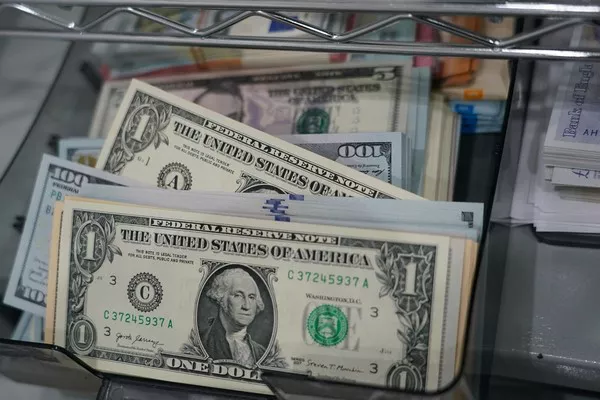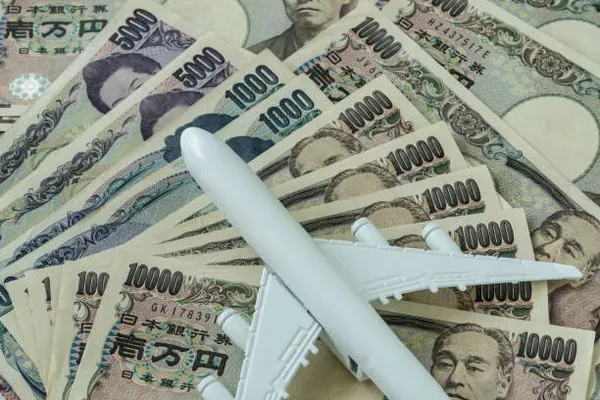GBP/USD continued its winning streak since April 8, trading around 1.3250 during Wednesday’s Asian session. Earlier in the day, the pair hit a fresh six-month high of 1.3256. The pair maintained strong momentum, driven by improved global risk sentiment after U.S. President Donald Trump announced exemptions for new “reciprocal” tariffs on key technology products.
In the UK, labor market data released on Tuesday showed that the unemployment rate remained at 4.4% in February, in line with expectations. However, wage growth remains strong, putting pressure on the Bank of England (BoE).
The Bank of England has refrained from easing monetary policy as wages remain strong. However, interest rate futures show that the market has basically priced in a 90% probability of a rate cut in May and expects two additional rate cuts later this year.
All eyes will now be on UK Consumer Price Index (CPI) data due later on Wednesday. Economists forecast that core CPI, which excludes food and energy, will maintain its annual growth rate of 3.5%.
Meanwhile, the U.S. Dollar Index (DXY), which measures the greenback against six major currencies, was trading around 99.80. Later in the day, focus will turn to U.S. retail sales data for March, which could provide new insights into the impact of tariff concerns on consumer behavior.
You Might Be Interested In:











